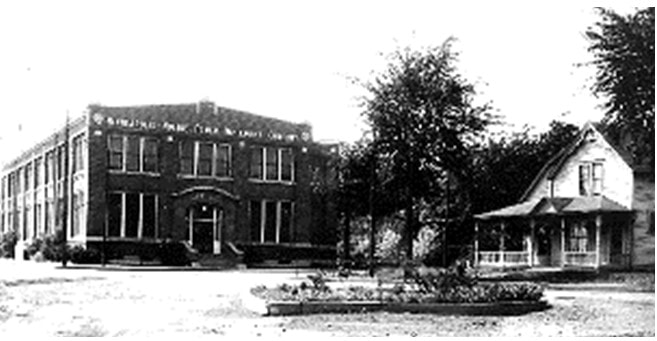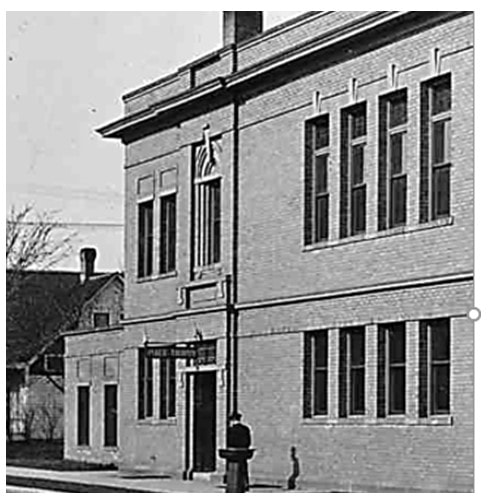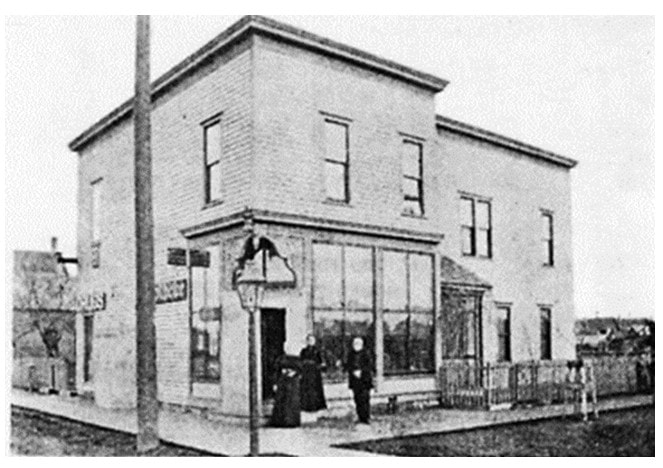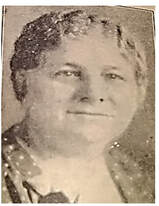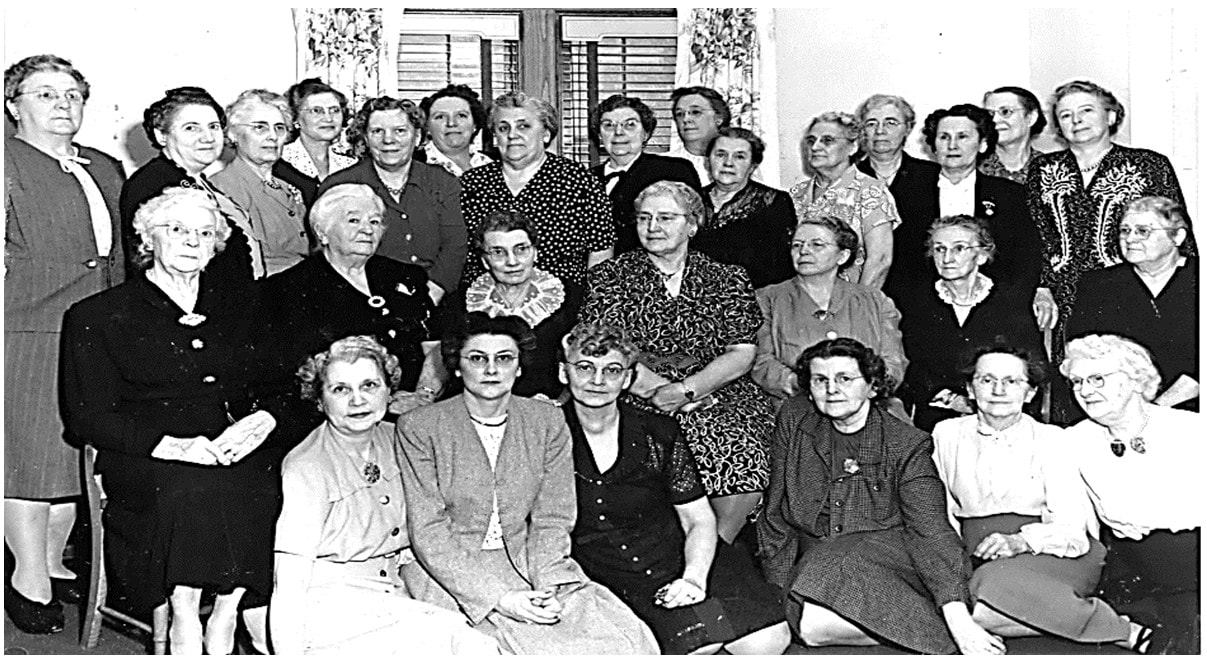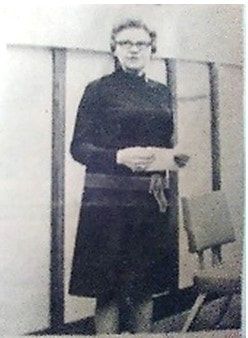This history article comes from one of our newsletters. Newsletters are a benefit of membership with the Hopkins Historical Society. Learn more here: |
Those Amazing Hopkins Women
by Mary Raabe
first published in 2019
When the ladies of Hopkins decided in 1908 to make their town a better place in which to live, they were well capable of getting the job done.
-Clint Blomquist, Hopkins Historical Society Founder
A Name and Direction Change
Their Work Continues
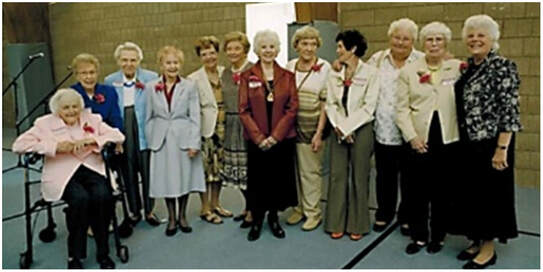
In 2008 The Women’s Club celebrated its 100th anniversary. Pictured here are twelve past presidents in attendance that day. Left to Right: Dorothy Reese, Ardelle Wenzel Linc, Jeanette Blake, Margaret Walsh, Peggy Rolfe, Ethel Perbix, Joy Brinwall, Ruth Jorgensen Doyle, Marjorie Olson, Marge Carstens, Joan Bye, Dorothy Pavelka. Photo from HHS archives.
|
In 1923, Mrs. R. J. Mayo finished her year-end president’s report by saying, “We were always busy and we were always happy.” Almost 100 years have passed since Mrs. Mayo wrote that report, but her words ring true today. The work of the Hopkins Women’s Club continues to thrive and grow. The organization currently donates monetary gifts and countless volunteer hours in support of Feed My Starving Children, Teaming up for Teens, Empty Bowls, Resource West, ICA and Sojourner Women’s Shelter. College scholarships are awarded annually to Hopkins High School graduates.
With reverence, honor and appreciation the Hopkins Historical Society recognizes these amazing women who, in |
1908, found each other, banded together, and made it their sole mission to see that Hopkins was a fairer and better place to live. Their distinguished past has laid a solid foundation for the work and the vision of today’s Hopkins Women’s Club.
It is impossible to list all the accomplishments of the Hopkins Women’s Club. There are far too many. But this we know – Life in Hopkins, 111 years later, continues to be enhanced and enriched by these amazing women who still roll up their sleeves and give so generously of their time and talents. |

